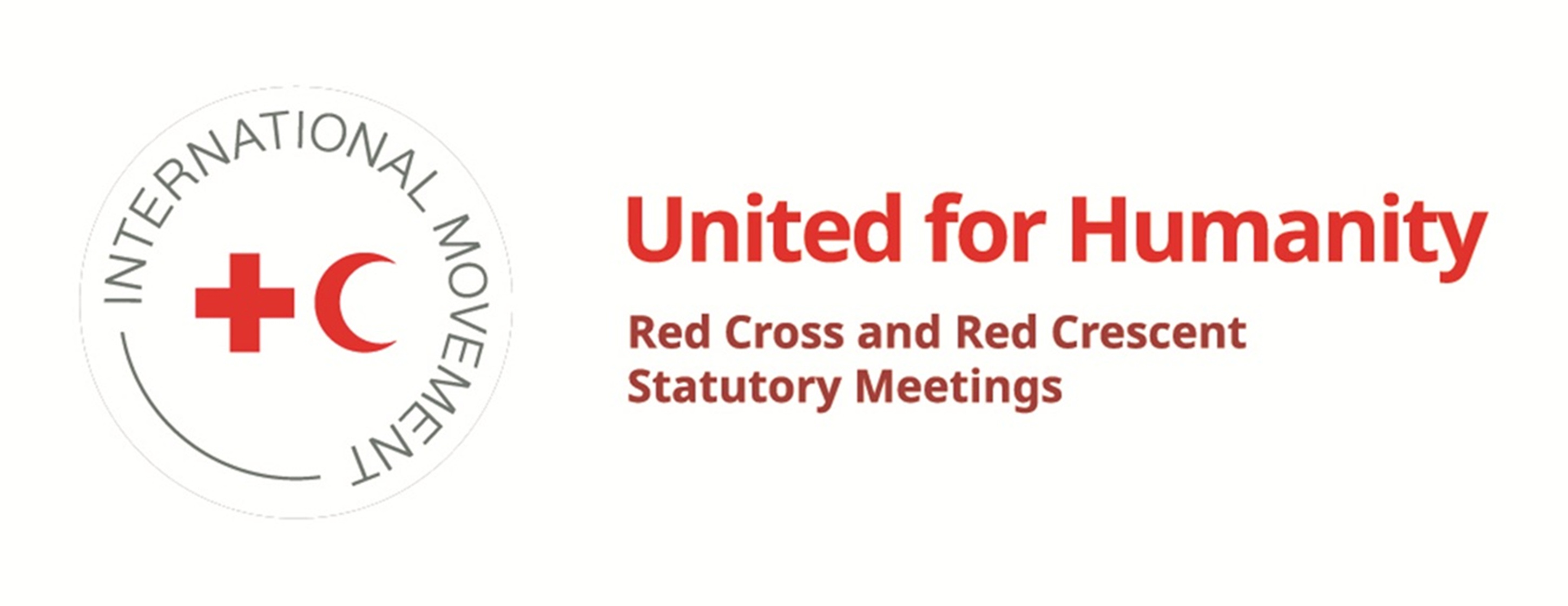A) Objectives of the pledge:
Considering that:
Women are front and centre during humanitarian crises, often as individuals who have been impacted as well as responders providing aid to others;
Women bring unique perspectives to humanitarian work;
Women are active agents of change in all facets of humanitarian engagement including as first responders and community health workers;
Women are still greatly underrepresented in leadership roles throughout the humanitarian sector;
Women in leadership positions are critical to ensuring effective and successful humanitarian outcomes. Research shows that diverse leadership teams deliver better results;
B) Action plan:
Red Cross and Red Crescent Movement actors alongside Governments pledge to focus on improving humanitarian impact without discrimination and exclusion through supporting more women to become leaders across the humanitarian sector at all levels. This includes concrete and systematic initiatives to provide funding support, promote and advocate for women’s meaningful and equal participation and leadership focused on:
1. Increasing the representation of women at all levels
Movement actors commit to:
– Adopting policies and practises, that facilitate and promote gender balance and diversity at all levels and across the humanitarian sector;
– Take necessary steps to ensure equitable opportunities such as equal remuneration for equal work, anonymized recruitments and mentoring systems and as far as feasible, maternity and paternity leave, paid whenever possible;
– Develop and maintain a culture of inclusion and diversity across the humanitarian sector and thus safe and nurturing workplaces, including activities on prevention of sexual harassment, child protection and protection from sexual exploitation and abuse;
– Include women from diverse backgrounds and increase representation at all decision-making levels, including at both management as well as governance positions.
State actors commit to:
– Increase women’s participation, including from local women’s groups, in leadership and decision making in international foras at the global, regional, national and local level;
– Invest, as part of any grant, in capacities for local and national actors to develop and implement policies and practices to promote women leaders.
2. Achieving proportional representation at leadership levels by 2030
Movement actors commit to:
– Establish measurable targets towards achieving proportional representation and publish progress and achievement;
– Develop a systematic approach to gathering accurate, reliable, timely and sex and age disaggregated information;
– Continuously analyse and monitor organizational gender and diversity issues, including the gender and diversity composition of human resources at all levels (governance, management, staff and volunteers). This data will be analysed in light of potential barriers to equal opportunities, diversity inclusion and gender inequality related to power and decision making within institutions.
State actors commit to:
– Require humanitarian actors to demonstrate how they have increased the number of women leaders.
3. Developing a pipeline to support the role of diverse women in leadership
Movement actors commit to:
– Actively search, identify and invest resources in women leaders, particularly focusing on women from the most disaster, crisis and conflict affected countries;
– Support and strengthen the pipeline of future women leaders including addressing and removing obstacles to their quality education and career development. This includes initiatives such as career path development, peer support and leadership programmes specifically targeting women.
State actors commit to:
– Support women-led organisations or initiatives growing the potential of future women leaders;
– Require humanitarian actors to demonstrate how they have strengthened the pipeline for women leaders.
4. Invest in research and building evidence
– Where possible and relevant, invest in research on women’s participation and local women’s groups’ impact on humanitarian leadership to increase the use of evidence-based actions to improve humanitarian outcomes.
C) Indicators for measuring progress:
1. Visibility of Women
– % shift towards more women leaders within respective organizations
– % shift towards more diverse women leaders within respective organizations
– Number of women participating in decision making foras at all levels
2. Proportional Representation
– Established targets for meeting proportional representation within respective organizations
– Publishing sex, age and disability aggregated data for respective organizations
3. Developing a Pipeline of women leaders
– % of increase in the allocation of resources to build the pipeline of women leaders
– Initiatives in place to support the building of a pipeline of women leaders
4. Use of Evidence-Based Research
– Increased investment in research involving women on specific barriers faced and strategies to remove
– Increased use of research to inform implementation of this pledge and any initiatives to support women in leadership
D) Resource implications:
Resources will be needed to support the implementation of the measures outlined in this pledge, particularly in relation to building the pipeline of women leaders and increased investments in organizational initiatives.



